-
 bitcoin
bitcoin $115469.758015 USD
0.29% -
 ethereum
ethereum $4536.640472 USD
-1.35% -
 xrp
xrp $2.998395 USD
-1.04% -
 tether
tether $1.000274 USD
-0.02% -
 bnb
bnb $921.981367 USD
-0.33% -
 solana
solana $235.464989 USD
-2.21% -
 usd-coin
usd-coin $0.999955 USD
0.02% -
 dogecoin
dogecoin $0.269732 USD
-2.68% -
 tron
tron $0.345815 USD
-0.84% -
 cardano
cardano $0.865586 USD
-2.26% -
 hyperliquid
hyperliquid $53.710810 USD
0.30% -
 chainlink
chainlink $23.619558 USD
-1.81% -
 ethena-usde
ethena-usde $1.001114 USD
-0.01% -
 sui
sui $3.539388 USD
-3.58% -
 avalanche
avalanche $29.724102 USD
1.08%
What does a high or low BIAS deviation rate mean?
The BIAS deviation rate measures price divergence from its moving average, helping traders spot overbought or oversold conditions in cryptocurrencies.
Sep 14, 2025 at 08:19 am
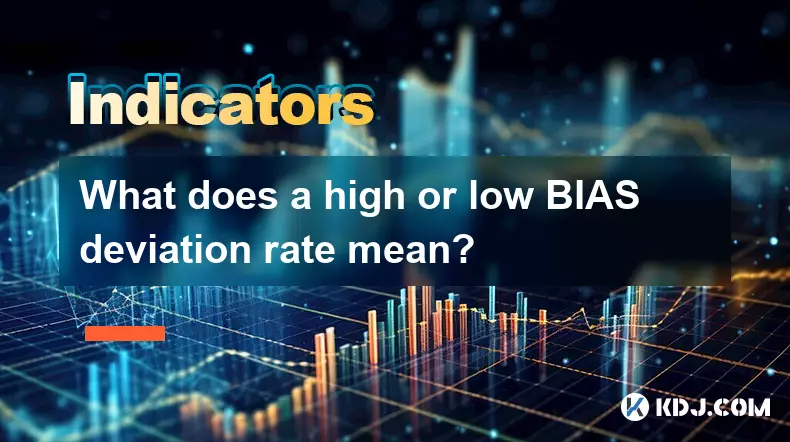
Understanding BIAS Deviation Rate in Cryptocurrency Trading
The BIAS deviation rate, often referred to simply as BIAS, is a technical indicator used in cryptocurrency trading to measure the distance between the current price of an asset and its moving average. This metric helps traders identify potential overbought or oversold conditions by quantifying how far prices have strayed from their average trend.
What Does a High BIAS Indicate?
- When the BIAS value is high, it suggests that the current market price of a cryptocurrency is significantly above its moving average. This situation typically arises during strong upward momentum or bullish trends.
- A high BIAS may signal that the asset is overbought, meaning that buying pressure has pushed the price beyond sustainable levels. Such conditions can increase the likelihood of a price correction or pullback.
- Traders often interpret a sharply elevated BIAS as a warning sign, especially when accompanied by other indicators showing weakening momentum or divergences.
- In extreme cases, a very high BIAS could indicate speculative euphoria, commonly seen during crypto bull runs where fear of missing out (FOMO) drives prices far from their historical averages.
- Sustained high BIAS values may prompt experienced traders to consider taking profits or tightening stop-loss orders to protect gains.
Implications of a Low BIAS Value
- A low BIAS means the current price is substantially below the moving average, often occurring during prolonged downtrends or bearish phases in the market.
- This condition usually reflects oversold territory, where selling pressure has driven prices lower than what might be justified by longer-term trends.
- Overselling can create opportunities for contrarian traders who look for signs of reversal when sentiment reaches excessively negative levels.
- In volatile markets like cryptocurrency, a low BIAS might precede a sharp rebound, particularly if supported by positive news or macroeconomic developments.
- A deeply negative BIAS can serve as a potential entry point for long-term investors betting on mean reversion.
Using BIAS in Conjunction with Other Tools
- While BIAS alone provides insight into price deviation, combining it with volume analysis enhances reliability. For instance, a high BIAS with declining volume may suggest weakening momentum.
- Pairing BIAS with oscillators such as RSI or MACD allows traders to confirm whether overextended price movements are supported by underlying momentum.
- Different timeframes yield different BIAS readings; short-term traders might focus on 6-day or 12-day moving averages, while long-term investors analyze 50-day or 200-day variants.
- Market context matters—during strong trending periods, high or low BIAS values can persist longer than expected without immediate reversals.
- Effective use of BIAS requires understanding the broader market structure, including support/resistance levels and on-chain data trends.
Frequently Asked Questions
How is the BIAS deviation rate calculated?BIAS is calculated using the formula: (Current Price - Moving Average) / Moving Average × 100. The result is expressed as a percentage, showing how much the price deviates from its average.
Can BIAS be applied to all cryptocurrencies?Yes, BIAS can be applied to any cryptocurrency with sufficient price history. It works effectively across major assets like Bitcoin and Ethereum, as well as more volatile altcoins, though interpretation should account for each asset's volatility profile.
Is a high BIAS always a sell signal?No, a high BIAS is not automatically a sell signal. In strong uptrends, prices can remain above the moving average for extended periods. Traders must assess trend strength and use additional confirmation tools before acting.
What timeframes are best for monitoring BIAS?Common settings include 6-day, 12-day, and 26-day moving averages, but optimal timeframes depend on trading strategy. Short-term traders prefer smaller windows, while swing or position traders use longer averages to filter noise.
Disclaimer:info@kdj.com
The information provided is not trading advice. kdj.com does not assume any responsibility for any investments made based on the information provided in this article. Cryptocurrencies are highly volatile and it is highly recommended that you invest with caution after thorough research!
If you believe that the content used on this website infringes your copyright, please contact us immediately (info@kdj.com) and we will delete it promptly.
- Base Blockchain, Network Token, and Coinbase Expansion: What's the Buzz?
- 2025-09-16 08:25:12
- Crypto Jackpot Alert: MoonBull's Free Crypto Frenzy!
- 2025-09-16 08:25:12
- Made-in-USA Coins: HIFI's Wild Ride, PLUME's Steady Climb, and the RWA Revolution
- 2025-09-16 08:30:15
- EverQuest II, Community Tokens, and Social Media: A New Era?
- 2025-09-16 08:30:15
- Productivity & Well-being: Unlocking Synergies for a Thriving Workplace
- 2025-09-16 08:33:00
- Pepe Investors Eye PayFi Altcoin Remittix Amid Global Trend Shift
- 2025-09-16 08:45:16
Related knowledge
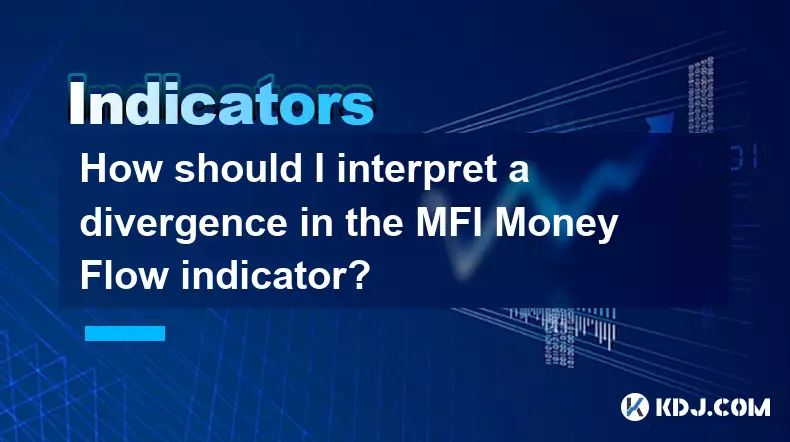
How should I interpret a divergence in the MFI Money Flow indicator?
Sep 13,2025 at 08:36pm
Understanding MFI Divergence in Cryptocurrency Trading1. The Money Flow Index (MFI) is a technical oscillator that combines price and volume to assess...
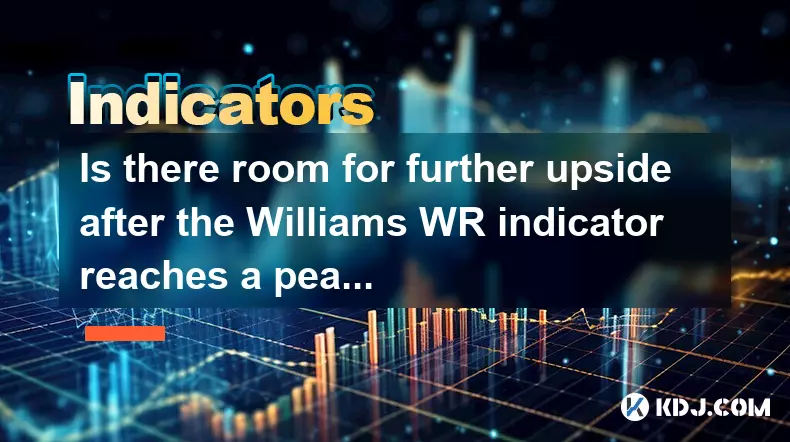
Is there room for further upside after the Williams WR indicator reaches a peak?
Sep 11,2025 at 07:36pm
Understanding the Williams %R in Crypto Markets1. The Williams %R is a momentum oscillator developed by Larry Williams to identify overbought and over...

What is the success rate of a TRIX golden cross?
Sep 11,2025 at 02:18am
Understanding the TRIX Indicator in Cryptocurrency Trading1. The TRIX (Triple Exponential Average) indicator is a momentum oscillator designed to filt...
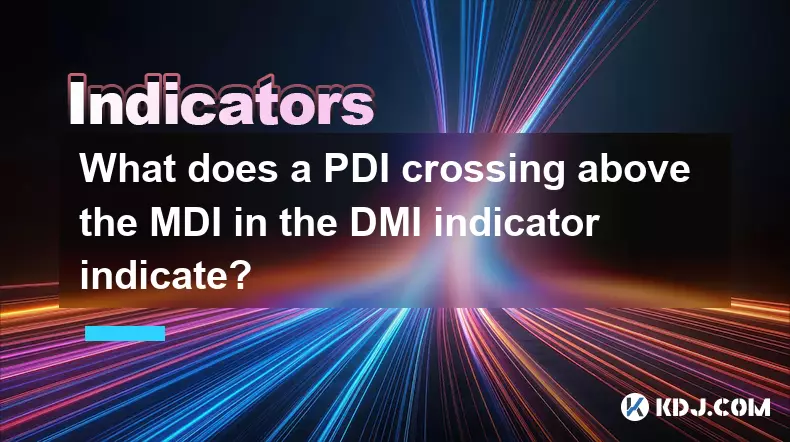
What does a PDI crossing above the MDI in the DMI indicator indicate?
Sep 16,2025 at 03:54am
Understanding the DMI Indicator and Its Components1. The Directional Movement Index (DMI) is a technical analysis tool used to measure the strength an...
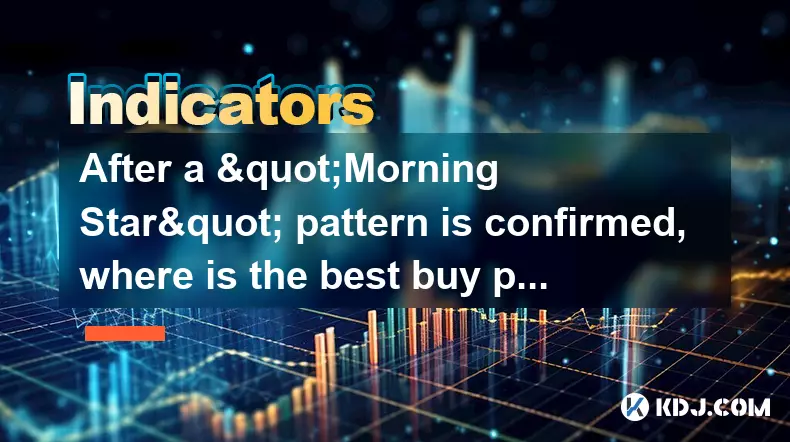
After a "Morning Star" pattern is confirmed, where is the best buy point?
Sep 10,2025 at 06:00pm
Understanding the Morning Star Pattern1. The Morning Star is a bullish reversal candlestick pattern that typically forms at the end of a downtrend. It...
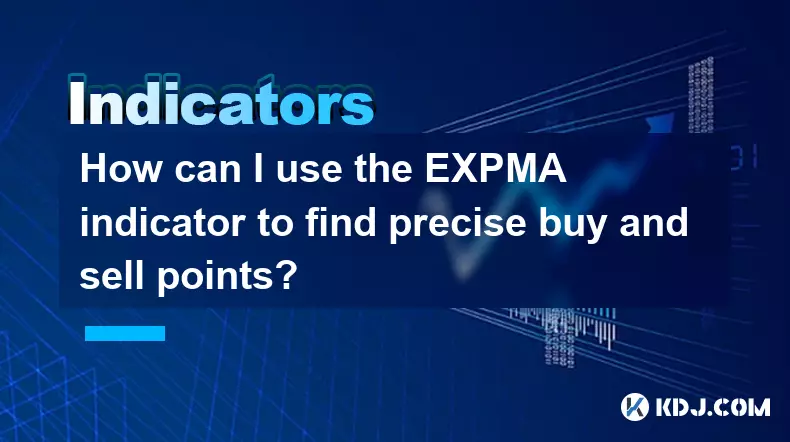
How can I use the EXPMA indicator to find precise buy and sell points?
Sep 15,2025 at 03:18am
Understanding the EXPMA Indicator in Cryptocurrency Trading1. The Exponential Moving Average (EXPMA) is a type of moving average that places greater w...

How should I interpret a divergence in the MFI Money Flow indicator?
Sep 13,2025 at 08:36pm
Understanding MFI Divergence in Cryptocurrency Trading1. The Money Flow Index (MFI) is a technical oscillator that combines price and volume to assess...

Is there room for further upside after the Williams WR indicator reaches a peak?
Sep 11,2025 at 07:36pm
Understanding the Williams %R in Crypto Markets1. The Williams %R is a momentum oscillator developed by Larry Williams to identify overbought and over...

What is the success rate of a TRIX golden cross?
Sep 11,2025 at 02:18am
Understanding the TRIX Indicator in Cryptocurrency Trading1. The TRIX (Triple Exponential Average) indicator is a momentum oscillator designed to filt...

What does a PDI crossing above the MDI in the DMI indicator indicate?
Sep 16,2025 at 03:54am
Understanding the DMI Indicator and Its Components1. The Directional Movement Index (DMI) is a technical analysis tool used to measure the strength an...

After a "Morning Star" pattern is confirmed, where is the best buy point?
Sep 10,2025 at 06:00pm
Understanding the Morning Star Pattern1. The Morning Star is a bullish reversal candlestick pattern that typically forms at the end of a downtrend. It...

How can I use the EXPMA indicator to find precise buy and sell points?
Sep 15,2025 at 03:18am
Understanding the EXPMA Indicator in Cryptocurrency Trading1. The Exponential Moving Average (EXPMA) is a type of moving average that places greater w...
See all articles










































































